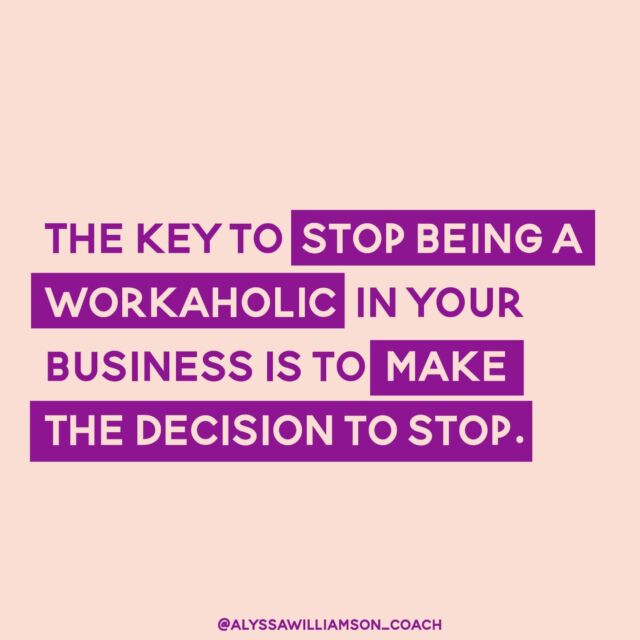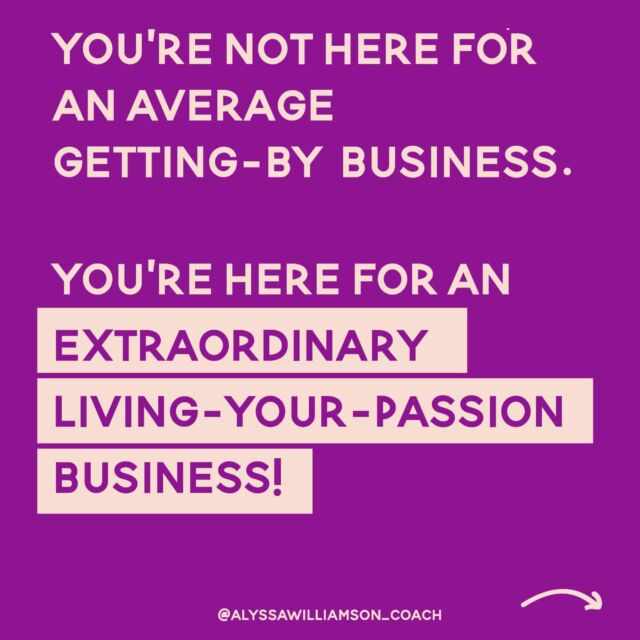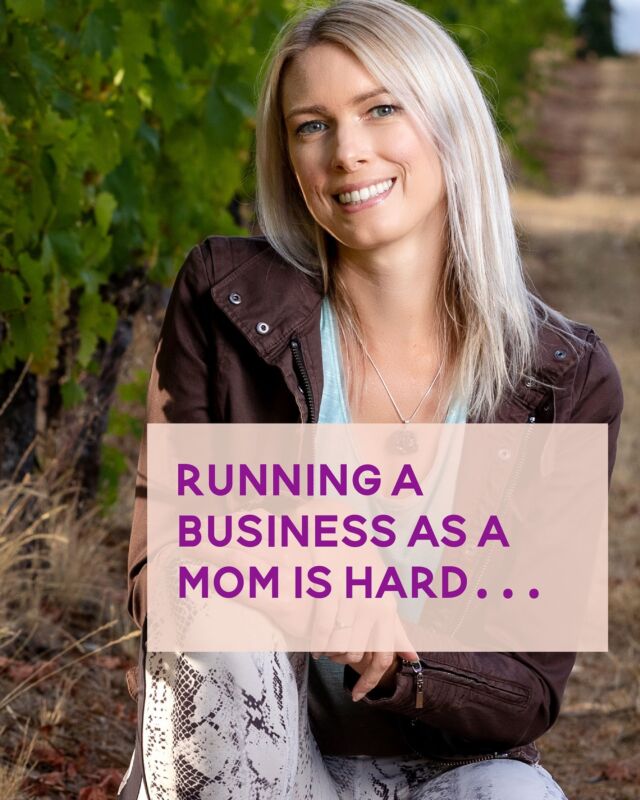One of the first stages for any project is the initial research of style, color, mood and tone that I am trying to create, in addition to research into the company/product/service itself.
This is creative research and it is a vital part of any graphic design project which helps me get to know your business better and understand how I can translate this information into a compelling reason for your customers to choose you. Below is an excerpt from another designer who puts it quite nicely:
What is Creative Research and Why Is It so Important?
This past week, I’ve been working on a project for a new client. He’s an AICP certified consultant to city planners and, in a remote way, his project is related to picking strawberries. I’ve peppered him with questions. I’ve checked out his competitors’ websites, as well as thoroughly reading his own. I’ve even called planners from a variety of cities. In essence, I’ve looked at his project from many different directions so I can better understand it.
All this “looking in different directions” is considered creative research and, oh, it’s so important. In fact, when I participated in The Pricing Group, an exercise in pricing, creative research was the portion of the design process my seven peers and I spent the most time on. The exercise’s project was for a relatively small website of 6-7 pages, yet the time designated to research ranged from 3-15 hours. For many, it was more time than they designated to the actual building of the site.
Creative research is the studying a designer does before even opening up a sketchbook. It’s the getting to know the client—his business, industry, target market and competitors. Creative research is the foundation for the overall project, because, really, how can we successfully communicate a business if we know nothing about it?
When shopping for a designer for your project, whether it’s a website, printed piece or logo, be sure to ask about creative research. A professional designer will know what you’re talking about. (From Adunate)
One of my jobs is explaining to clients how important this part of the process is, because it is often extremely under appreciated and under valued.
However, the next step in this initial process, the mood board, is always appreciated by clients. When I create a mood board, I’m taking the ideas I learned from the creative research process and visualizing it for my clients, before beginning the actual design.
What is a Style Guide?
A style guide puts my concepts and ideas into a visual sample, before I focus my time on actually designing. This is an extra step to ensure that I am on the same page as my clients about where the project is heading. A picture is worth a thousand words right?
A style guide is like a collage, where I have taken a wide variety of images based on their colors. mood and imagery to represent the ideas that are in my head.
I use several ways to develop my style guide but the overall idea is that I search for images based on feelings or colors. I’ll search for “browns” “taupes” “calm” “subdued” and more, to build up the feeling that I’m looking for.

Style Guide Tools
iStockphoto
There a hundreds of stock photo websites out there, but I found that I really like the photos on istockphoto and I like the way they allow you to preview photos (simple but when I first searched stock photos this was the most convenient to use website).
Google Image Search
One great feature for this is the Google image search by color option. This allows me to choose moods or other abstract search terms, but then I can still search for within one color scheme.

I’ve listed this article under both design and marketing, because even though this is an integral part of the design process – it is marketing as well. The two are so intertwined that you cannot do one without the other!


 , Work Less, Profit More...Create a Life You're Freakin Obsessed With
, Work Less, Profit More...Create a Life You're Freakin Obsessed With 






